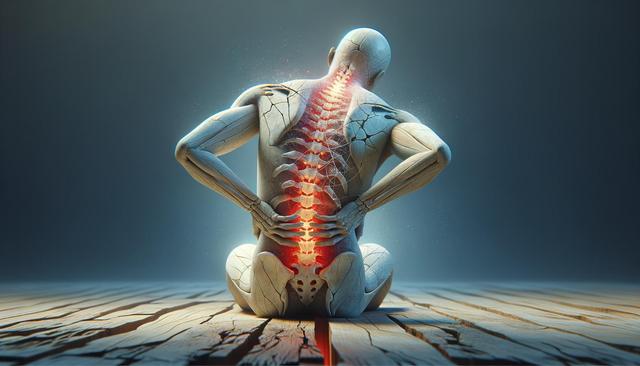What Causes Back Pain?
Back pain is one of the most common physical ailments people experience, and its causes can be varied. It may stem from lifestyle factors, such as poor posture, lack of exercise, or prolonged sitting. In other cases, back pain may be the result of injuries, medical conditions, or even stress. Structural issues like herniated discs, spinal misalignment, or degenerative disc disease can also contribute to chronic discomfort. Understanding the root cause is essential to effectively address the issue and prevent recurrence.
Common causes of back pain include:
- Muscle or ligament strain
- Bulging or ruptured discs
- Arthritis or osteoporosis
- Poor ergonomics at work or home
Identifying whether your back pain is acute or chronic can also help determine the right course of action. Acute pain is usually short-term and linked to a specific injury or action, while chronic pain persists over time and may require more comprehensive treatment.
Lifestyle Factors and Prevention
Many instances of back pain can be prevented or reduced by making simple lifestyle changes. Maintaining a healthy weight, staying active, and practicing good posture are foundational habits that support spinal health. Exercise in particular helps strengthen the muscles that support the spine, including the core, which plays a crucial role in stability and alignment.
Here are some preventive measures to consider:
- Engage in regular physical activity such as walking, swimming, or yoga
- Use ergonomic furniture and adjust your workspace to support proper posture
- Avoid lifting heavy objects improperly—bend your knees, not your back
- Sleep on a supportive mattress and avoid sleeping on your stomach
Incorporating stretching routines into your day can also alleviate tension and improve flexibility, reducing the risk of strain or injury. Addressing lifestyle factors early on can be a proactive way to prevent long-term issues.
Treatment Options and Therapies
Treatment for back pain varies depending on the severity and underlying cause. For mild to moderate pain, home remedies such as heat or cold therapy, over-the-counter medications, or gentle stretching might be sufficient. For more persistent cases, physical therapy, chiropractic care, or acupuncture may offer relief.
Some non-invasive treatment options include:
- Physical therapy exercises tailored to your condition
- Massage therapy to relieve muscle tension
- Acupuncture to stimulate healing and reduce pain
- Manual adjustments by a licensed chiropractor
In cases where conservative treatments are ineffective, medical interventions like injections or even surgery might be considered. However, most individuals benefit from a combination of therapies and consistent lifestyle adjustments. Consulting a healthcare provider is recommended for developing a personalized treatment plan.
The Role of Mental Health in Back Pain
While back pain is often viewed as a purely physical problem, mental and emotional health can play a significant role in its development and persistence. Stress and anxiety can lead to muscle tension, poor sleep, and lower pain tolerance, which in turn exacerbate discomfort. Addressing mental health is an important, yet often overlooked, component of back pain management.
Strategies to support mental well-being include:
- Practicing mindfulness or meditation
- Engaging in regular physical activity to boost mood
- Seeking support through counseling or therapy
- Balancing work and rest to avoid burnout
Recognizing the link between mental and physical health can provide a more comprehensive approach to managing back pain. Reducing stress and improving sleep quality can have a noticeable impact on pain levels and overall quality of life.
When to Seek Professional Help
While many cases of back pain can be managed at home, there are times when professional help is necessary. If your pain is severe, persistent, or accompanied by symptoms such as numbness, weakness, or loss of bladder control, it may indicate a more serious condition that requires immediate attention.
Signs you should consult a healthcare professional include:
- Pain lasting more than a few weeks without improvement
- Radiating pain down the legs or arms
- Unexplained weight loss alongside back pain
- History of cancer or osteoporosis
A qualified medical provider can perform diagnostic tests such as X-rays, MRIs, or physical assessments to determine the cause and recommend appropriate treatment. Early intervention can prevent complications and improve recovery outcomes.
Conclusion: Taking Control of Your Back Health
Back pain is a common challenge that can affect your daily life, but with the right information and strategies, it’s possible to manage and even prevent it. Whether you’re dealing with occasional discomfort or chronic issues, understanding the causes, adopting healthy habits, and seeking professional advice when needed can make a significant difference. Taking a proactive approach to back health not only reduces pain but supports overall well-being in the long term.




Leave a Reply